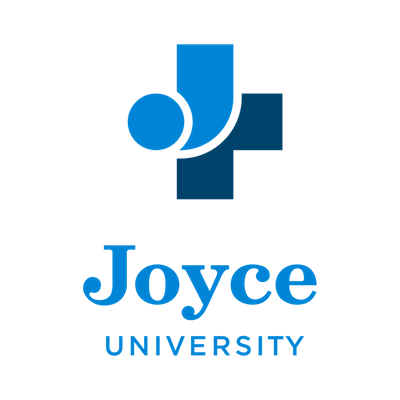Columbia College in Missouri has a career CIO as its VP of enrollment, and he’s coming at the job with a distinctly technology-focused vision.
Kevin Palmer switched over from his role as chief information officer to its vice president of enrollment and marketing not quite one year ago. He calls the last year the “year of change” and this year the “year of execution.” That’s because he is rebuilding processes, in many ways, from the ground up.
Palmer counts service, quality, and accuracy as the tools at his disposal as he brings his lessons from the technology office to enrollment and marketing.
“The better, higher quality service you can provide that is robust and scalable, the better you’re going to be able to thrive in your environment, the better you’re going to be able to meet your institutional goals,” Palmer said.
The transcript evaluation process is one workflow that has been caught in Palmer’s crosshairs. When he took over in his position, it took six to eight weeks to process transcripts. Now it takes seven to eight days. When Palmer finishes redesigning the process, he expects it to take minutes for the vast majority of transcripts.
Thank you, automation.
Columbia receives tens of thousands of applications every year for its three dozen campuses and online program. The college can process as many as 80% of the accompanying transcripts through an automated workflow thanks to 400 to 500 templates. The templates map out the familiar transcripts, pulling the institution name, courses, credit hours, and grades to add to Ellucian, transcribing that data into the student record.
This was the transcript credit evaluation process that was in place when Palmer took over in admissions. Even with so much automation, it still took up to two months to get a student’s credits into Ellucian.
One reason for the delay was the internal quality control mechanism. An evaluator read through the data transfer to make sure the automated system was accurately transcribing all of the credits and course information.
“When asked, ‘How many errors have you found?’ The answer was none,” Palmer said.
The year of change has included the elimination of certain wait states and holding queues to significantly reduce the time needed to process transcripts. But it still takes days and Palmer wants minutes. A tech partner is working with Columbia to rebuild the workflow from the ground up. In this case, starting from scratch was going to be easier and ultimately more efficient than applying more bandaids.
Besides credit evaluation, Columbia had a fractured CRM system with multiple units and departments working in silos, contacting students without knowing who else had reached out or how. That’s going to change.
Palmer is also working on a new tracking system for evaluating retention efforts. In this case, he’ll be able to set it up correctly from the beginning, rather than fixing sloppy initial development.
The focus, now, is on centralizing activities, coordinating efforts, and allocating resources where they make most sense, not simply where they’ve always been. Even though technology has become the backbone of so many industries, Palmer sees higher ed as being slow to adapt, in part because of its access to work-study students and interns.
“They’ve always had a habit of throwing labor at the issue instead of leveraging technology,” Palmer said.
Adding technology to existing processes without rethinking them may create an efficiency boost but it won’t come close to fulfilling the true potential of the technology. In the case of enrollment, that could mean the difference between a satisfied customer — i.e., prospective student — and one who goes elsewhere.
Would you like to see more education news like this in your inbox on a daily basis? Subscribe to our Education Dive email newsletter! You may also want to read Education Dive's look at how campuses are striving for 'authentic' mobile approaches.







